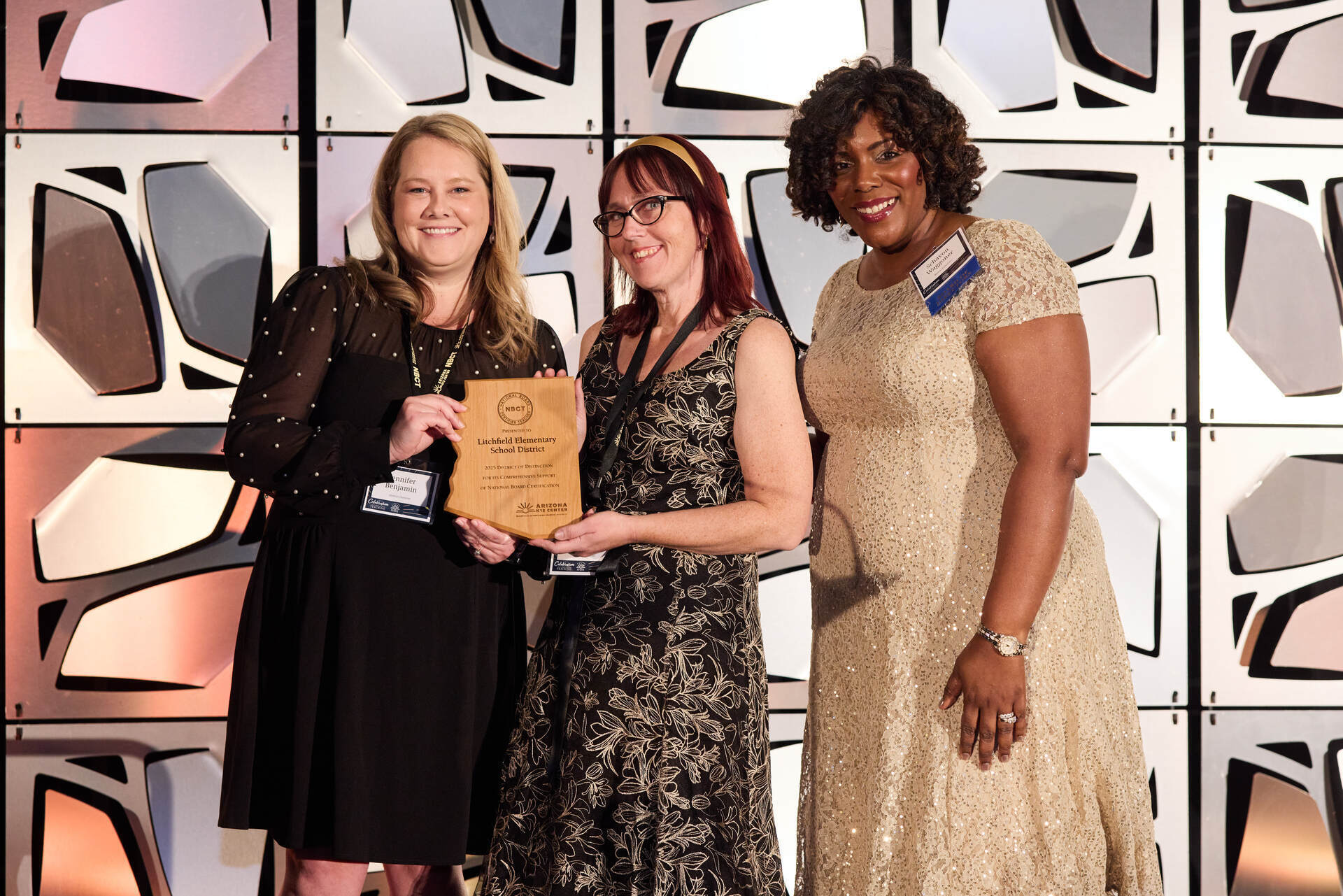May 9, 2018
Creating Authentic Community in the Classroom
Discover how relationships transform learning — it’s more than you would think.
Throughout the school year, it is incredibly easy to get distracted by the constant influx of to-do’s that seem to rain down at every angle. I have heard teachers describe it as a drowning feeling that comes and goes depending on how much grading they have, how many mandatory meetings they must attend, and how many students are relying on them.
It’s good to breathe every once in a while, and remember what is most important: At the end of the day, students are more willing to learn new information when they feel a sense of community in the classroom. If you create a safe place for students to express themselves and make mistakes, meaningful connections can begin to develop between learners and new content. Emotions are in the driver’s seat, especially for adolescents. Any teacher can attest to the fact that feelings will determine where students direct their attention.
Community motivates students to pay attention because it makes them feel known and valued. So how do we practically create opportunities for students to invest in each other and in the content we are teaching? Here are a few ideas:
- Let Them Know the Real You
More than anything, students want a connection with the teacher. Think about the best educational experiences you had growing up. I bet the common denominator was a teacher you could relate to and respect. That connection develops when you are vulnerable. This doesn’t mean that you have to share every personal detail of your life, but it does mean that you remember the power of relationships. Share your passions and pet-peeves so that students see a real person, and someone they want to learn from.
TIP: An easy way to do this is by using details about yourself in examples related to content. When I taught new grammar concepts, I would constantly use little known facts about myself instead of using random sentences from the nvarchar(max)book. It made students pay attention much more than before. Students also love a good story, especially if it reveals something authentic about you. Find appropriate times to be real with them, and connect it to content whenever possible.
- Set Clear Expectations from the Beginning
For the first couple of weeks of each school year, I make it incredibly clear that listening to different perspectives is a priority in my room. For example, I don’t let students talk over each other or me. Ever. I call them out on it consistently so they know it matters. Listening to one another is a non-negotiable. While this is a fairly obvious classroom management strategy, it is easy to forget about when class sizes are high and we are overwhelmed, as teachers. One of the most amazing outcomes of truly teaching students to listen to each other (and not just their friends) is that you begin hearing from the introverts because they feel safe.
TIP: Find a time where students can share honestly what is on their mind, even if it is once a week. Certain content areas like English lend themselves more to reflection, but you can incorporate meaningful conversation no matter what you teach. I used to start class with a quick question and ask students to share in groups of two or four so that they got used to connecting with different peers. Then, I would have them share what someone else said, which encouraged them to really listen to each other.
- Reference What You Learn
Just like there is something powerful about hearing your own name when you feel like just a number, there is nothing like a teacher who remembers the details about your life. This can be really challenging if you teach middle school or high school and you have more than just one group of students that you see each day. But if you can commit to acknowledging what makes each learner unique, they begin to feel more important. When students feel valued by you, they want to learn from you.
TIP: If you need to, keep a notebook of fun facts, stories, challenges, and observations for each student. You might not add details every day, but keeping this on your radar will make a huge difference in creating a positive classroom dynamic. Reference them either one-on-one or in the larger group so that students know you are paying attention.
I had the privilege of teaching English in the same community for eight years. I started with seventh graders, and then moved into high school. Amazingly, I was able to have many of those same middle school students again as juniors. And now many of those students are graduating college or starting careers — even becoming teachers — and they still reach out to me for guidance. Relationships matter in the classroom; they are the foundation for learning. Make community a priority, and you will see a drastic change in students’ motivation to tackle new ideas.











